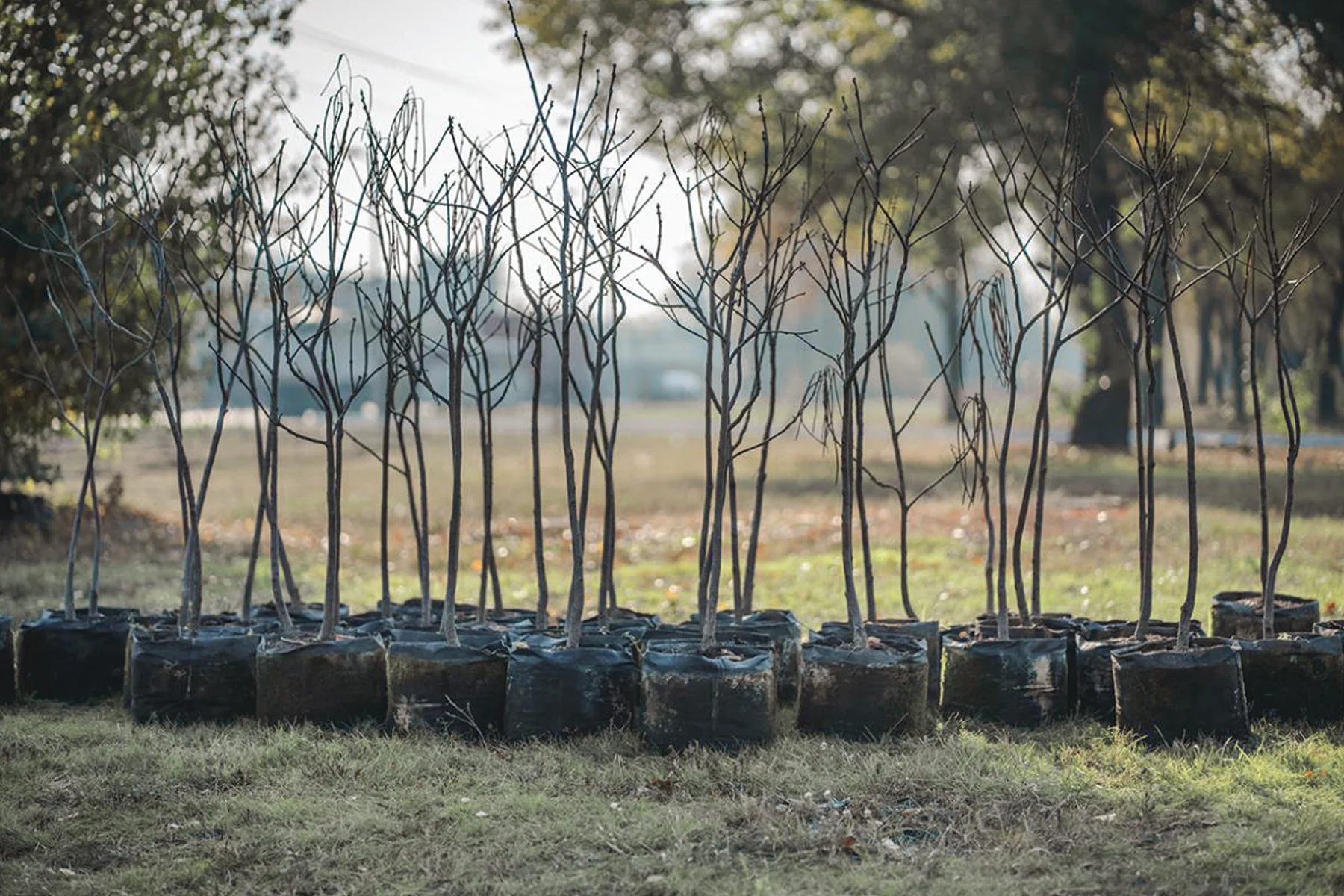Can you plant during the winter time?
let’s find out what you need to know about winter planting
Yes, landscaping and gardening can still be done during winter, although there are some considerations and tips to keep in mind for successful winter planting and gardening. Here are some guidelines:
1. Choose Cold-Tolerant Plants: Select plants that are hardy and can withstand cold temperatures. Look for species that are specifically adapted to your hardiness zone and can thrive in winter conditions. Consult with local nurseries or garden centers for suitable plant options.
2. Timing: Plan your planting activities early in winter, preferably before the ground freezes. This allows the plants to establish some root growth before the harshest cold sets in. Timing may vary depending on your region, so monitor weather forecasts and make use of the milder periods of winter.
3. Soil Preparation: Ensure the soil is well-prepared before planting. Clear any debris or weeds and loosen the soil to improve drainage. Incorporate organic matter like compost to enhance soil fertility and structure.
4. Watering: Adequate watering is crucial, even during winter. Water plants thoroughly before the ground freezes to provide moisture for their roots. However, be cautious not to overwater, as excess moisture can lead to root rot in colder temperatures.
5. Mulching: Apply a layer of mulch around newly planted trees, shrubs, and perennials to insulate the soil, regulate temperature, and conserve moisture. Use organic mulch like straw, wood chips, or shredded leaves. Avoid piling mulch directly against the plant stems or tree trunks.
6. Protecting Plants: Consider using protective measures to shield plants from extreme cold, frost, or heavy snow. Options include burlap wraps or frost blankets to provide a barrier against harsh weather conditions. These can be removed temporarily during milder periods to allow air circulation.
7. Winterizing Containers: If you have potted plants or container gardens, move them to sheltered areas such as a garage, shed, or covered porch. Alternatively, wrap the containers with insulating materials or use special insulating plant covers designed for pots.
8. Pruning: Winter is a good time for pruning deciduous trees and shrubs as they are dormant. Remove dead or damaged branches and shape the plants while they are leafless. However, avoid heavy pruning that may stimulate new growth susceptible to winter damage.
9. Garden Maintenance: Continue regular garden maintenance tasks like weeding and removing debris to prevent pests and diseases from overwintering in the garden. Take advantage of winter to plan for the upcoming gardening season, including researching new plant varieties and designing new layouts.
10. Monitor Weather Conditions: Stay informed about the weather forecast and be prepared to take additional protective measures if severe cold, heavy snowfall, or ice storms are expected. Adjust your gardening activities accordingly to ensure the safety and health of your plants.
Remember, specific considerations may vary depending on your location and local climate. It’s always beneficial to consult with local gardening resources, such as extension services or experienced gardeners in your area, for region-specific advice and recommendations.

